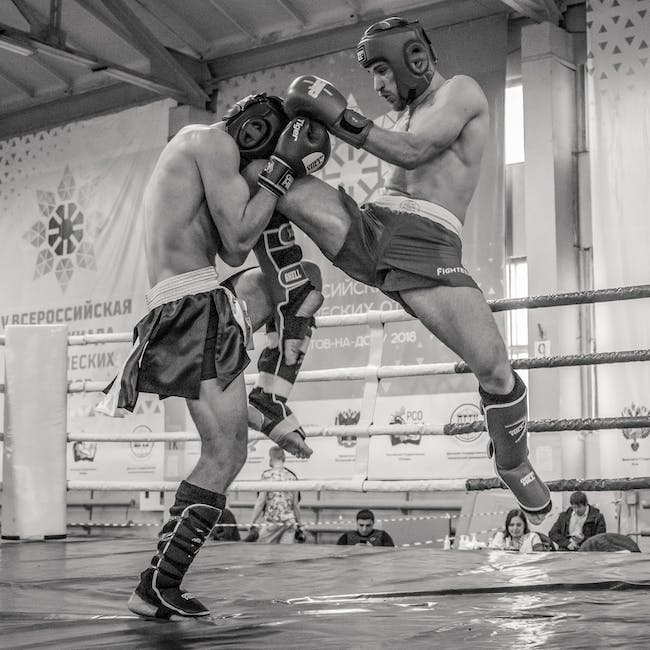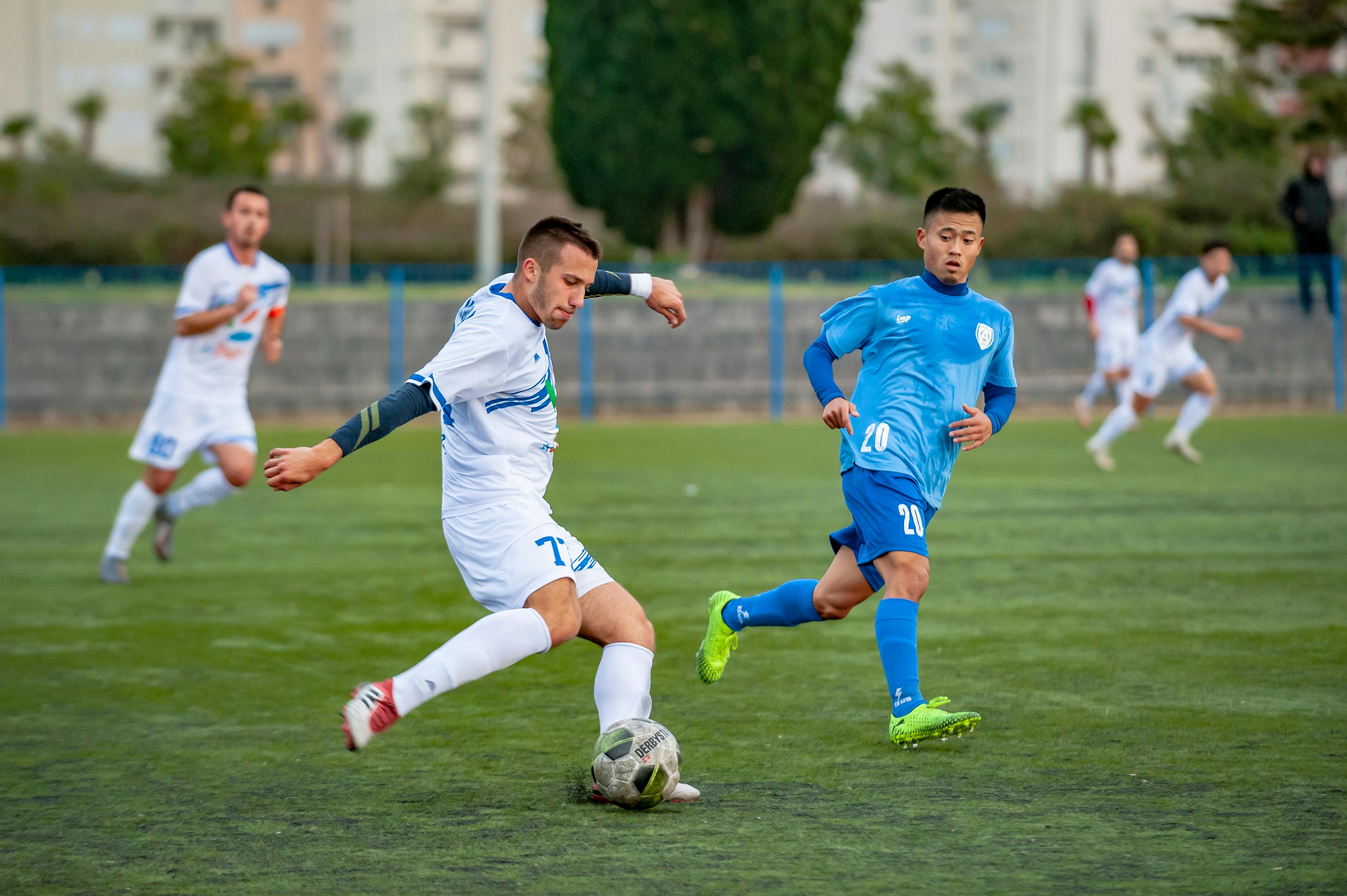How To Wear Shin Guards Soccer

Wearing shin guards in soccer is essential for protecting your legs from hard tackles and errant kicks. While shin guards are required in organized soccer leagues, they’re also a good idea for casual matches. Wearing shin guards properly ensures maximum protection and comfort while playing. This guide will provide you with instructions on how to wear shin guards for soccer.
What Type of Shin Guard is Best for Soccer?
When it comes to soccer, having the right shin guard is essential for protecting the player. The type of shin guard that is best for soccer depends on a few factors, such as the player’s position on the field, the level of protection they need, and their comfort level.
Shin guards come in a variety of sizes and styles, from lightweight foam to heavier plastic models with ankle guards. Lightweight foam shin guards offer more flexibility and are suitable for younger players who may not need as much protection. Heavier plastic models offer more protection and are suitable for more experienced players or those playing in more competitive leagues.
Ankle guards can provide added protection for players who are prone to ankle injuries. Players should choose a shin guard with ankle protection that fits securely but also allows for full range of motion while playing.
Players should also consider their comfort level when selecting a shin guard. A good fit is important so that the player does not have to constantly adjust or readjust their shin guard during games or practice sessions. Some shin guards have adjustable straps or bands that allow the player to customize the fit of their guard, while others feature cushioning around the calf area to provide extra comfort and support.
When selecting a shin guard for soccer, it’s important to find one that offers adequate protection without sacrificing comfort or mobility on the field. By considering these factors when shopping for a shin guard, players can make sure they have chosen the best type of protection for their needs.
Choosing the Right Size Shin Guard for Soccer
Wearing the right size shin guard for soccer is an important factor in protecting your lower legs from injury. Shin guards are typically made from foam or a combination of foam and plastic, and provide protection against contact with other players’ cleats or the ball. The fit of a shin guard is just as important as the material it is made from; a shin guard that is too small or too big can be uncomfortable and provide little protection. To ensure you get the right size shin guard for your needs, here are some tips to consider.
The first step in choosing the right size shin guard is to measure your lower leg. Measure from the back of your knee to the top of your ankle bone, and then look for a size that corresponds with your measurement. Most shin guards come in sizes small, medium, large, and extra large.
It’s also important to make sure that when you put on the shin guard it fits snugly against your leg without impeding movement. When trying on a new pair of shin guards, make sure you can move freely with them on – if they’re too big or too small they will hinder movement and may not provide adequate protection.
Finally, make sure you get a pair of quality soccer socks to go over the top of your shin guards. Soccer socks are designed to keep them in place during play so they don’t move around or slip down your leg when running and jumping during gameplay. Quality soccer socks will also help wick away moisture so you stay comfortable even during long games.
Following these tips will help ensure that you choose the right size shin guard for soccer and stay protected while playing the game you love.
Where to Buy High Quality Soccer Shin Guards
Finding the best soccer shin guards can be a difficult task, as there are many different types and brands on the market. It is important to find a pair that is comfortable to wear and provides adequate protection. Additionally, you want to make sure that it is of high quality and built to last. The good news is that there are many places where you can buy high quality soccer shin guards.
One option would be to purchase them from a sporting goods store or online retailer such as Amazon or eBay. These stores typically have a wide selection of products, so you should be able to find exactly what you need. Additionally, they often offer discounts on bulk orders which can help you save money in the long run.
Another option would be to purchase them directly from a manufacturer or brand. This will guarantee the authenticity of the product and also give you access to their customer service if any issues arise with your purchase. Additionally, many brands offer discounts when buying directly from them, so this could save you some money as well.
Finally, if you are looking for more specialized protection, there are also custom-made soccer shin guards available from certain companies. These products are made specifically for your body type and playing style in order to provide maximum protection and comfort while playing soccer. They tend to cost more than regular shin guards but they are well worth it if you take your soccer seriously and want the best protection possible.
Overall, there are many options available when looking for high quality soccer shin guards. From sporting goods stores and online retailers to manufacturers and custom-made options, there is something out there for every budget and playing style. So take your time when deciding which type of shin guard will work best for you – it could make all the difference in your game!

How to Properly Wash and Care for Soccer Shin Guards
Soccer shin guards are essential for soccer players to protect their legs from injuries. Washing and caring for soccer shin guards is important to ensure that they last as long as possible. Here are some tips on how to properly wash and care for soccer shin guards:
First, it is important to remove all dirt and debris from the shin guards before washing them. Use a brush or a damp cloth to gently scrub away any dirt or debris that may be stuck on the surface. This will help ensure that the guards are completely clean before being washed.
Second, use a mild detergent and warm water when washing the shin guards. Make sure that all detergent has been completely rinsed off before drying them off with a soft cloth. It is also important to avoid using any harsh chemicals or cleaners on the shin guards as this can potentially damage them.
Third, it is important to store the soccer shin guards in an area that is cool and dry when not in use. This can help prevent mold and mildew from forming on them, which can cause damage over time. If possible, keep the shin guards in a breathable bag when not in use.
Finally, inspect your soccer shin guards regularly for any signs of wear or tear. Replace any worn out parts as soon as possible to ensure they stay in good condition for as long as possible. Following these simple steps will help you keep your soccer shin guards in good condition so you can protect your legs during playtime!
Choose the Right Size
Finding the right size shin guard is essential to achieving comfort when playing soccer. Shin guards come in a variety of sizes, so it’s important to measure your shins and find the size that fits you best. When wearing a shin guard, it should fit snugly around your leg and not move around or slip down your shin. If you are having difficulty finding the right size, consult a professional at your local sporting goods store for assistance.
Wear Compression Sleeves & Socks
Wearing compression sleeves and socks underneath your shin guards can help improve comfort while playing soccer. The compression material helps keep your shin guards in place while providing extra cushioning and protection for your skin. It’s important to make sure that the compression material is not too tight or too loose as this can cause discomfort or reduce the effectiveness of the protective gear.
Adjust and Secure Straps
Most shin guards come with adjustable straps that can be used to secure them in place while playing soccer. It’s important to adjust these straps properly so that they are neither too tight nor too loose as this can cause discomfort or lead to injury. Additionally, make sure that all straps are securely fastened before beginning play.
Choose Breathable Materials
In addition to finding the right size and properly securing straps, it’s also important to choose shin guards made of breathable materials such as polyester or mesh fabric. These materials help keep your skin cool and dry during play by allowing air to circulate throughout the guard. This helps reduce sweat buildup which can cause chafing and discomfort.
Change Guards Regularly
Finally, it’s important to change your shin guards regularly in order to ensure optimal comfort when playing soccer. As you use them over time, they may become worn or stretched out which can reduce their effectiveness or cause discomfort when wearing them. Regularly replacing worn out guards with new ones will help ensure maximum comfort while playing soccer.
What Materials are Used to Make Soccer Shin Guards?
Soccer shin guards provide a layer of protection between the player’s shin and the ball or other players. This protective equipment is made from a variety of materials, each with its own unique set of features and benefits. The most common materials used to make soccer shin guards are plastic, foam, and synthetic fabric.
Plastic shin guards are lightweight and relatively inexpensive compared to other materials. They typically have hard shells that can provide a greater level of protection against impact from the ball or other players. However, they can be uncomfortable due to their rigidness and lack of breathability.
Foam shin guards offer more comfort than plastic ones as they are softer and more flexible. They also tend to be cheaper than plastic models, but they do not provide as much protection since they can easily be punctured by sharp objects such as cleats or studs.
Synthetic fabric shin guards are designed for maximum comfort while still providing good protection against impact forces. They often have an inner layer of foam for cushioning and an outer layer of synthetic fabric to help keep your legs cool and dry during play. These models tend to be among the most expensive types of soccer shin guards, but they are usually worth the extra cost due to their superior features and comfort level.
No matter which material you choose for your soccer shin guards, it is important that you find a pair that fits properly so that they stay in place during play and provide adequate protection without limiting your movement or causing discomfort.

Conclusion
Wearing shin guards while playing soccer is essential to protect the lower legs and feet from a variety of injuries. The best way to wear shin guards is to make sure they are properly fitted and secure, so that they do not slip or move during play. Shin guards should be worn over a thin pair of socks and under long soccer socks that provide additional protection and coverage. It is also important to make sure that shin guards are the right size for the individual player, as they should fit snugly without being too tight. Following these tips will help ensure that players can enjoy soccer without worrying about potential injuries.
Ultimately, it is important for players to understand the importance of wearing shin guards while playing soccer in order to keep their legs safe from injury. Wearing the correct size and making sure they are properly secured will ensure that players can take their game to the next level without having to worry about getting hurt.
